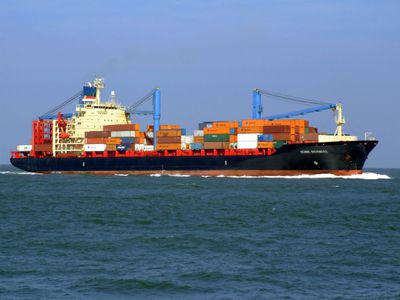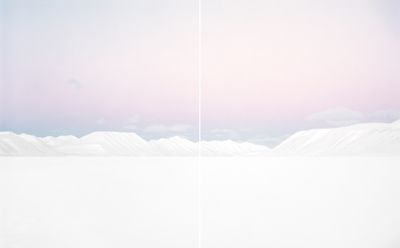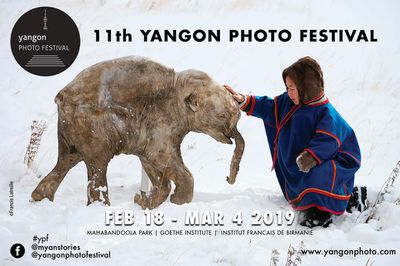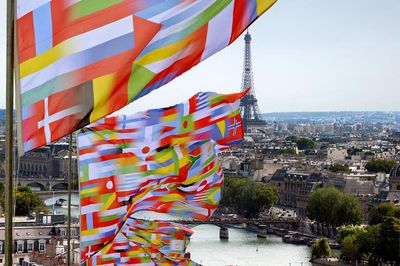By Zane Šime
#art&technology: Greenness in the Anthropocene
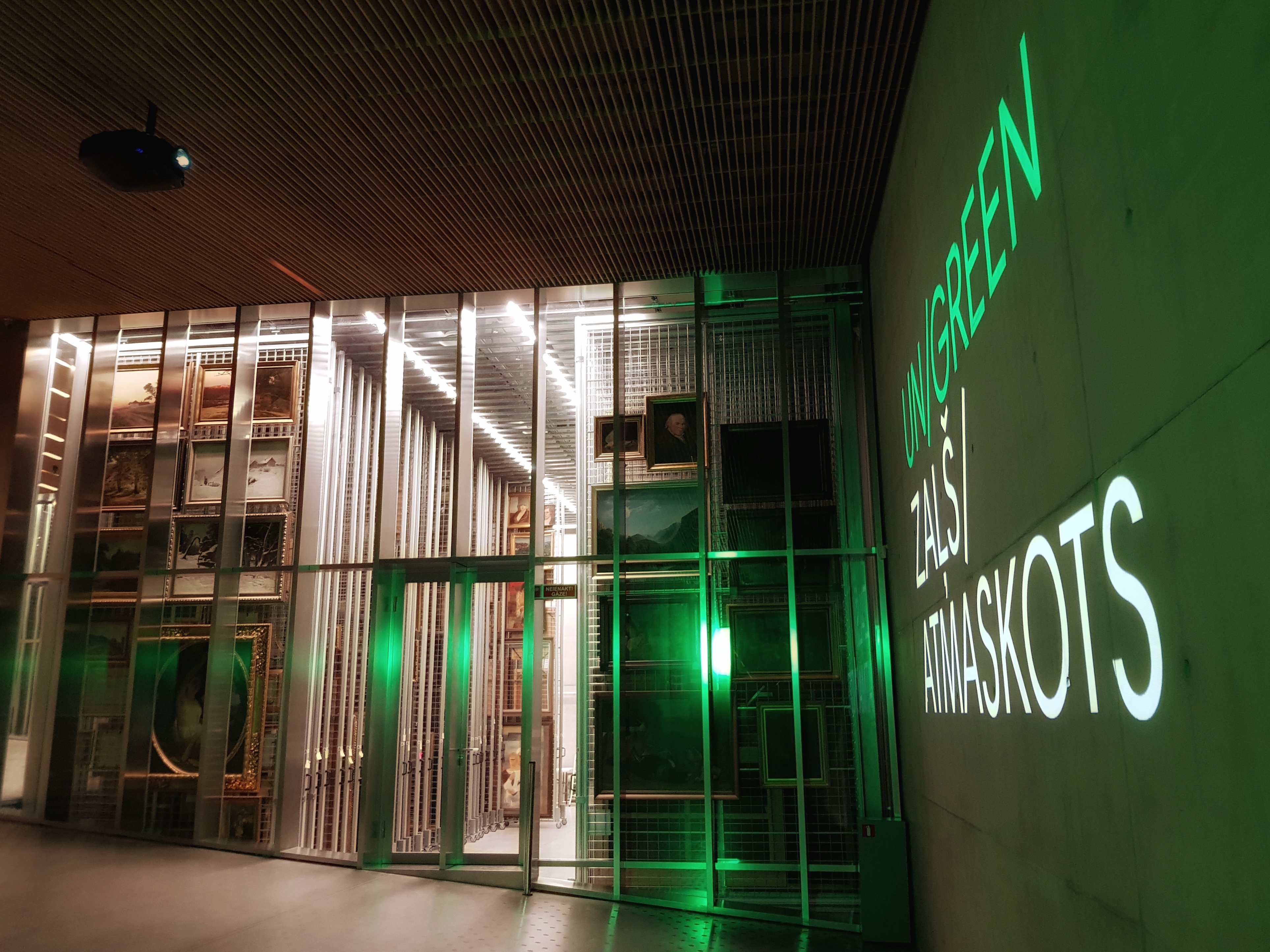
The exhibition “UN/GREEN”, curated by Jens Hauser, an expert in greenness studies with Raitis Šmits and Rasa Šmite, showcased at the Latvian National Museum of Art in Riga looks like a grand manifestation of human coping strategies with environmental developments. The exhibition assembled very diverse forms of creative experimentation. It felt like a collage of various processes contributing to the evolution of an anthropogenic environment around us and achieves the curator’s goal of getting a more comprehensive picture of different strands of his explored scholarly field:
“I see greenness studies as a chance to pull the Troyan horse of interdisciplinarity onto the marketplace of ideas surrounded by ivory towers populated by hyper-specialized idiots, and that we can contaminate people with alternative ideas of how to discuss in a trans-disciplinar way: linking biologists to physicists, environmental activists, people who know about botanics to those specialised in aesthetics and phenomenology.”
This review of the exhibition touches only upon two artworks created by Rihards Vītols and Adam W. Brown which resonate most with my earlier encounters with artistic responses dedicated to climate change and environmental issues. My participation in the guided tour of “UN/GREEN” exhibition held on 15 September 2019 adds an additional layer of creative experiences to some familiar topics and their traits in artistic interpretations which I discuss in the subsequent paragraphs.
No environmentalism without a ship next to a glacier
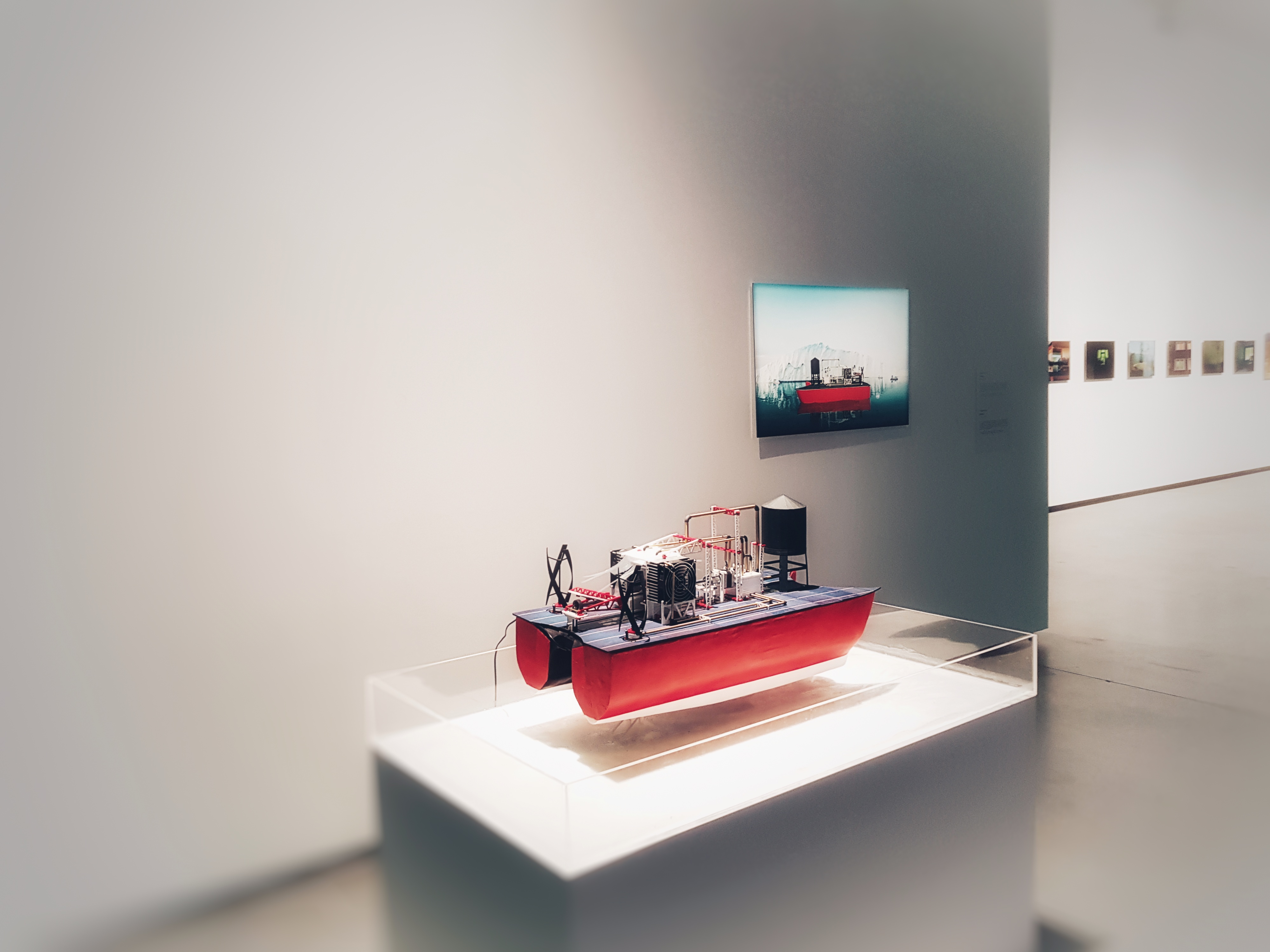
Undoubtedly, an environmentally oriented art exhibition cannot be complete without a reference to the polar areas and ships navigating a seemingly pristine whiteness. The collapsing ice sheet is subject to one of the most stunning video footages shown online to keep the public aware of the on-going effects of climate change. Indeed, so many ships have been navigating the polar regions in order to enhance humanity’s awareness about the fragility of this frosty beauty. Greenpeace brought Enrico Einaudi nearby a glacier to perform “Elegy for the Arctic”. Through a call that “Mother Nature Needs Her Daughters” Homeward Bound regularly recruits female STEM scientists in order to embark on a leadership building trip to Antarctica. The list goes on and on with many other talented minds seeking inspiration and crucial answers in the frosty waters. Thus, a ship surrounded by glaciers or ice has become an emblematic element of the nexus between art and science. “UN/GREEN” is no exception to this general rule.
Due to my affiliation with the Association of Polar Early Career Scientists and recent engagement in the Polar September Selfie challenge, I found the artwork “Anniu” created by Rihards Vītols especially appealing. The suggestion to deploy a solar cells’ powered ship that produces small-size ice cubes and drops them into the water around Antarctica is such a touching form of ecological activism. It testifies to the sense of urgency of the on-going climate change processes, as well as goodwill and a creative zest to find solutions for mitigating the overwhelming processes of environmental destruction.
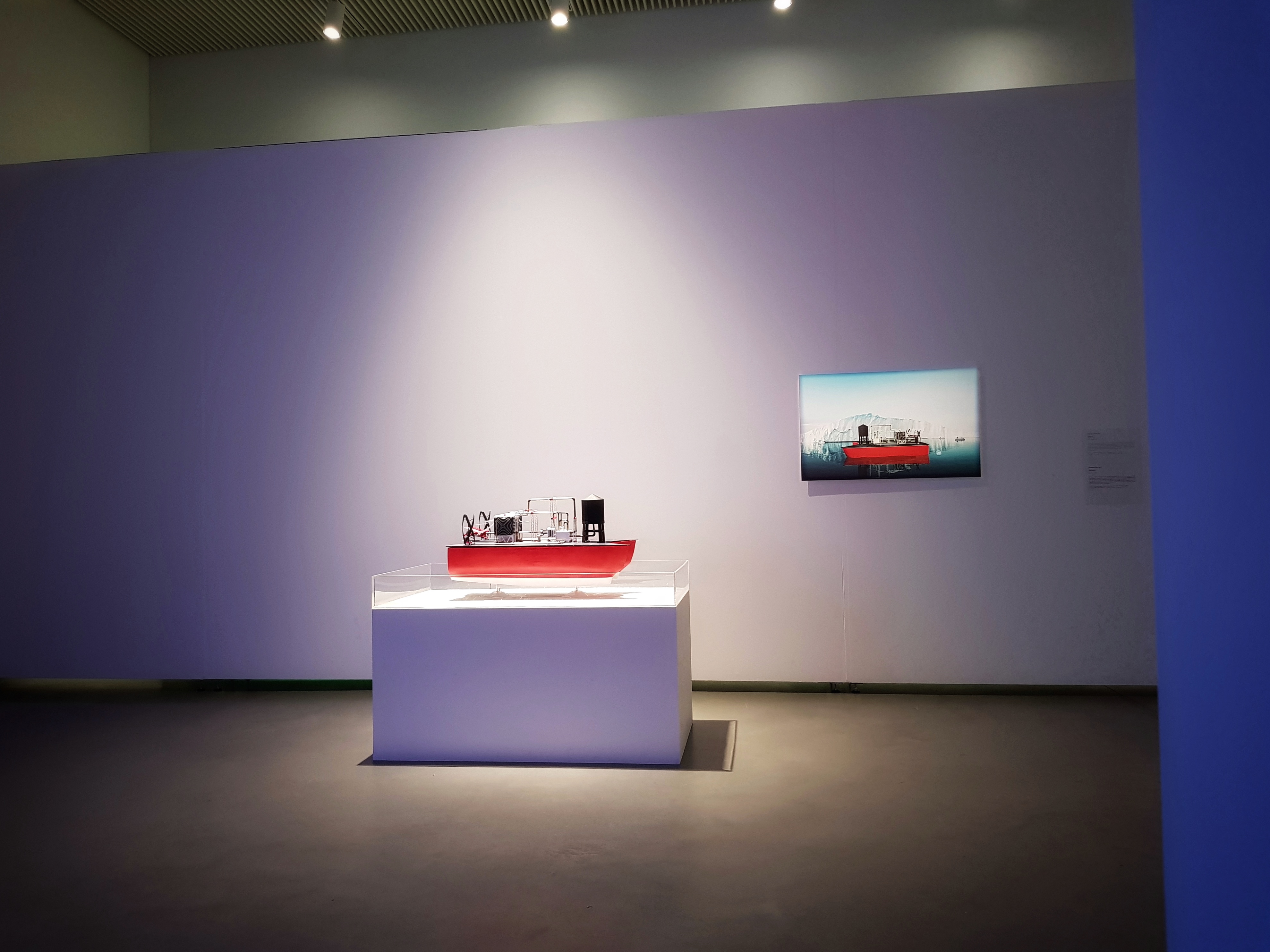
Dead beautiful
Adam W. Brown drew visitors’ attention to the past mistakes made in a quest of replicating stunning nature patterns in a visually appealing way. He recreates the formerly mass-produced toxic pigments of Paris Green. It is a reminder to the audience about trials and errors of earlier attempts to regain an aesthetically pleasing connection to nature, which came at the cost of human health. Jens Hauser provides a concise historic background:
“Really stable green pigments have only been available since 1775, when the Swedish chemist Scheele invented arsenic-based “Scheele's green”, which was highly toxic. It was developed in Scandinavia, picked up by the chemical industry in Germany, became Schweinfurt or Paris Green, and many impressionists started to use that green... and potentially poisoned themselves.”
“Shadows from the Walls of Death” is a powerful artwork depicting the multifaceted role of technological and scientific breakthroughs and their various implications on humans.
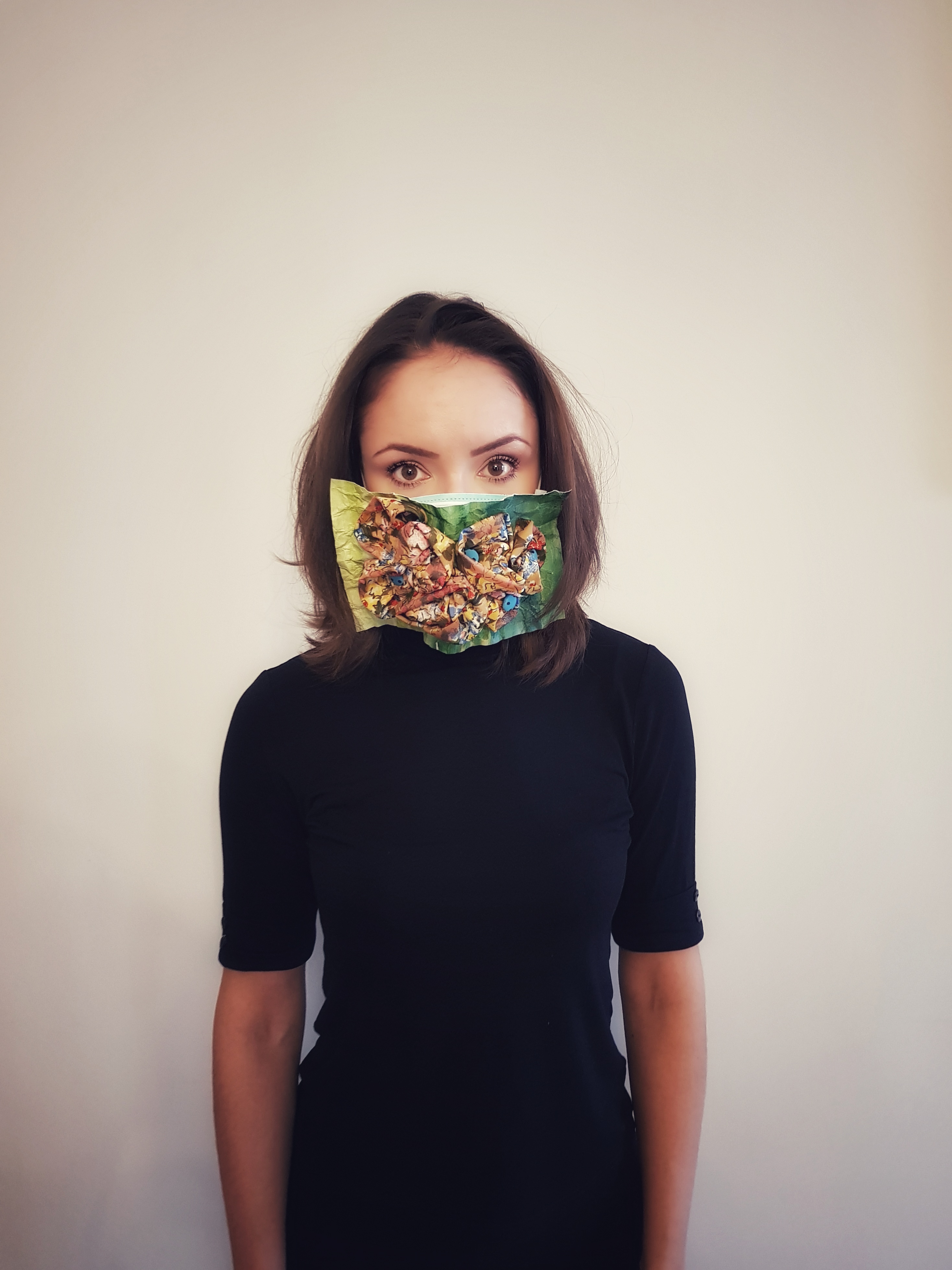
The reminder about the controversial experience with Paris Green guided my support for the Maskbook campaign. This episode is a telling snapshot into the crosscurrents and interactive character of various simultaneously presented artistic calls for awareness which are based on environmental issues. While “Shadows from the Walls of Death” represents a more conventional form of artwork consumption, Maskbook, launched on the occasion of COP21 and supported by the UN Environment (United Nations Environment Programme), is an example of a socially engaged practice. Maskbook encourages individuals representing various professions and inhabiting different parts of the world to explore creative forms of expression as a visually impactful means for highlighting their specific concerns and calls for action.
Inter-generational interactions
One of the most valuable contributions of “UN/GREEN” was its successful efforts of promoting a wider awareness about the Anthropocene as an evolving concept and reference point for the current geological age. The variety of artistic installations displayed at the exhibition testifies to the complexity of its implications and importance not solely among the traditional scientific circles but also a wider public.
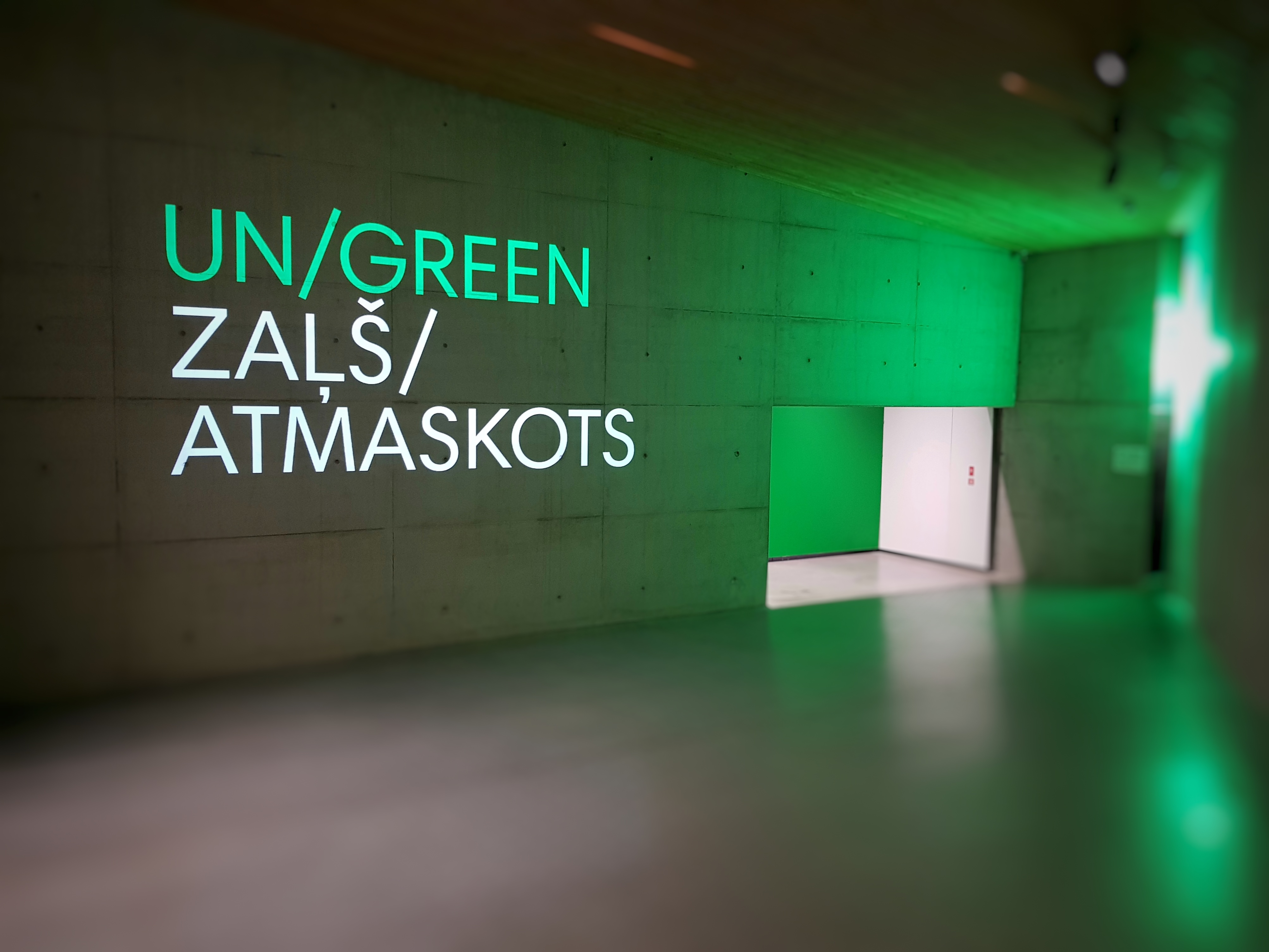
Finally, I would like to highlight the diversity of age groups represented among the visitors of the guided tour. It showed that such institutions as the Latvian National Museum of Art are promising places for facilitating an inclusive exploratory process of various topical issues. It is an important factor to bear in mind in an age when the most propelling opinion leaders on climate change issues are far from grey-bearded accomplished scientists. Instead, the world headlines are taken over by such alarmed Generation Z representatives as Greta Thunberg. During the next 10 years the scientists assembled by the Earth System Governance project will reflect on how to better integrate in democratic processes such under-represented groups as future generations. In the remaining time, art spaces hold a potential not only to serve as meeting points for interactions between people and ideas emanating from various parts of the world but also serve as jointly valued platforms where common points of reference shared among several age groups can be explored.
Further reading:
- UN/GREEN exhibition: http://ungreen.rixc.org/
- Earth System Governance project: https://www.earthsystemgovernance.org/
Zane Šime is a member of the Association of the Polar Early Career Scientists. Zane specialises in European Affairs. At the Secretariat of the Council of the Baltic Sea States, she supported research cooperation in the Baltic Sea Region. Prior to that she obtained professional experience as a national civil servant in Latvia. She holds a Master in European Politics and Policies from KU Leuven.
Similar content
posted on
posted on
posted on
posted on
posted on
posted on
